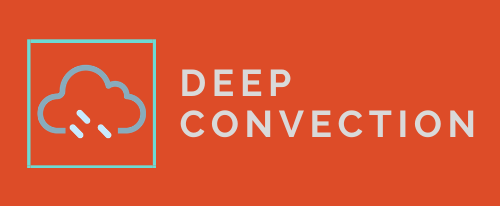
Mark Cane is the center of the “family portrait” of climate scientists that are featured in this first season of Deep Convection. In recognition of his special role, we are going to cover Mark’s life in two episodes – this is Part I.
Mark Cane is most famous for his seminal work on the El Niño/Southern Oscillation phenomenon, which will be one of the main topics of Part II. But this conversation starts at the beginning, with Mark’s origins in Brooklyn during the age of the Dodgers, before the club moved to Los Angeles in 1957. It was a time when baseball was more than a game: When the Dodgers signed Jackie Robinson in 1947 as the first black player in the modern major leagues, it was a big step forward for the American civil rights movement.
After graduating from Harvard in the 60s, Mark became himself a civil rights activist and spent a summer in the South trying to register people to vote. Back in New York and working as a programmer at the Goddard Institute for Space Studies, he had his first encounter with Jule Charney, who was brought in as a consultant for the project he was working on. Charney left a strong impression on anyone who worked with him (in episode 2, Kerry Emanuel shares some of his memories of this exceptional meteorologist), and Mark was no exception:
“And it quickly became clear that he understood how things worked. I was kind of amazed by that since I assumed nobody understood it. […] And I asked him a lot of ignorant, very ignorant questions because I had no basis for asking other than ignorant questions. And he was actually pretty patient with me looking back. I mean he wasn’t always so patient with fools but there you go.”
After an interlude as a math professor in rural New Hampshire, Mark decided to go back to graduate school – he chose to go to MIT, where he switched to physical oceanography and became Charney’s student. This was the beginning of an outstanding career filled with many highlights, including the development of a groundbreaking forecast model that helps millions of people around the world become more resilient and better prepared for El Niño weather patterns. But more on that in two weeks, in Part II.
You can find more information about Mark and his work here.
The interview with Mark Cane was recorded in May 2019.
